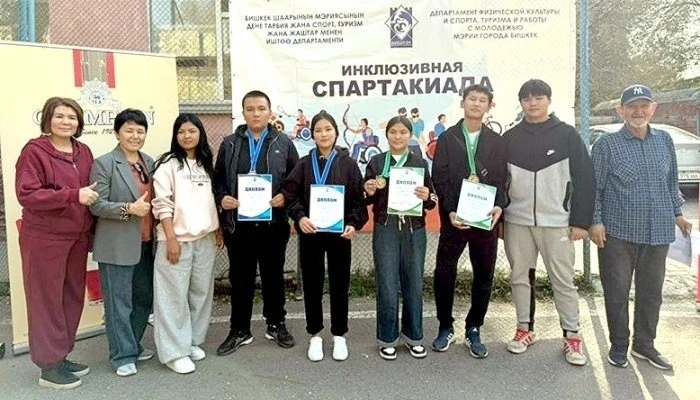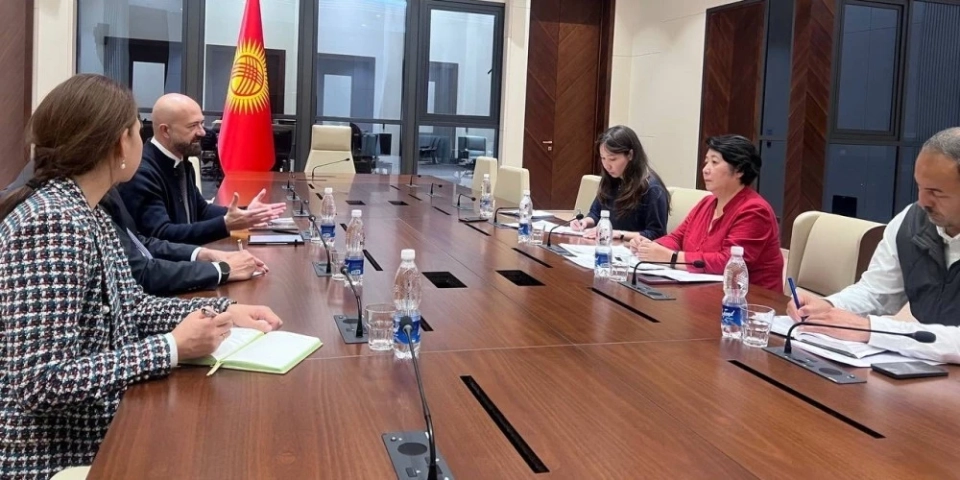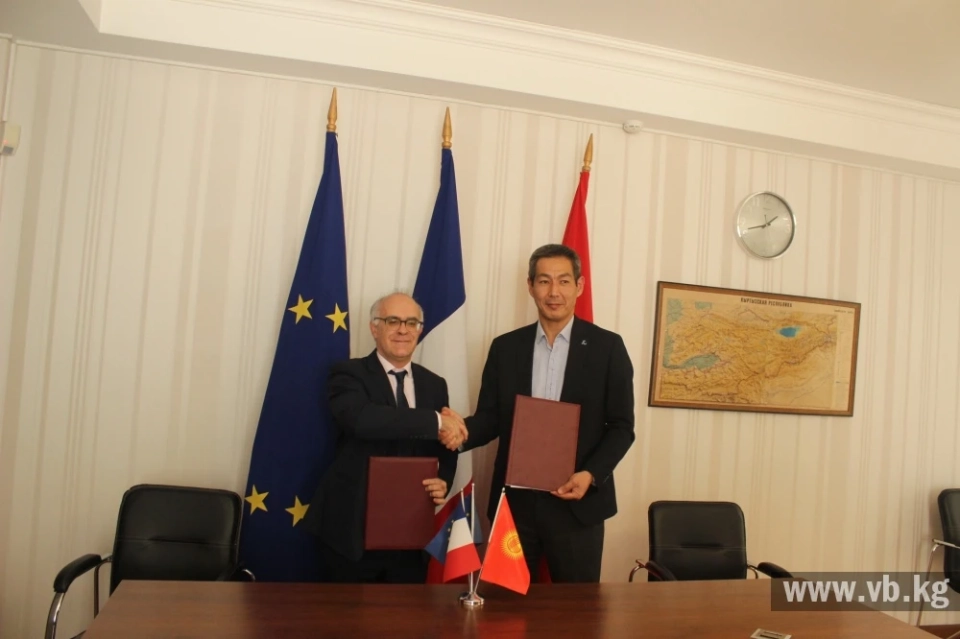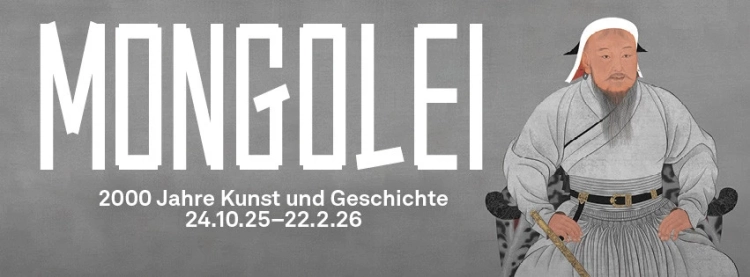
From October 18 to December 1, an inclusive Spartakiad is taking place in Bishkek, aimed at...

Today, October 30, the Vice Prime Minister of the Kyrgyz Republic Elvira Sarieva participated in...

On June 30, an art exhibition titled "Legends of my motherland" will take place at the...

On October 14, the Vice Prime Minister of the Kyrgyz Republic, Valery Dil, participated in the...

In the capital of Kyrgyzstan, a meeting was held dedicated to the project "Promoting...

As part of the exhibition, the following contests will be held for participants:...

Exhibition of Author's and Folk Dolls The exhibition features author's dolls in various...

Since the mid-90s, artists have increasingly participated in exhibitions both in the republic and...

The Association of Leading Restaurateurs and Hoteliers (AVRO) in collaboration with ITECA...

Last Friday, the Women's Forum 'Kurak' opened its doors to everyone interested in...

The Cat Lovers Club “KYRGYZFELINOLOGY” invites you to the International Cat Exhibition on October...

A show-exhibition of 3D paintings titled 'The Main Character' will open at the Frunze...

From October 17 to 31, the UN is HOLDING AN EXHIBITION IN BISHKEK, THE FORMAT OF WHICH IS UNIQUE...

The Kyrgyz National Museum of Fine Arts named after G. Aitiev is preparing to host a large-scale...

The Cat Lovers Association of Kyrgyzstan "KICA" KG - 0263, a member of WCF under the...

Innovations in the HoReCa Sector. Practical Conference....

From May 14 to 16, Kyrgyzstan will showcase its investment potential and national color at the...

The presentation of the new project "Open World" took place at the Kyrgyz National Museum...

Exhibition of Paintings "The Influence of Bad Habits" An exhibition of paintings titled...
On October 25, an event called "Alley of Life" was organized in Bishkek at A. Botaliev...

A public and political mass organization established in May 1993. Its main objectives are: to...

This year marks the conclusion of the cooperation project between Japan and Kyrgyzstan for the...

Akmatova Kulnar Rymbekovna Designer. Born on July 12, 1960, in the village of Chyrpykty, Issyk-Kul...

Inna Artemova's New Series of Paintings "Landscapes of the Future" On August 9 at...

As part of the exhibition, there will be a fair for the sale of purebred kittens. Pre-registration...

Super-show of the most beautiful and unique cats! Date - 19/05/2018 - 20/05/2018 Time - 00:00...

Kadyrbaeva Tamara Tursunbaevna Art historian. Born on March 16, 1951, in the village of Yapalak,...

In the capital of Kyrgyzstan, Bishkek, an important event took place: a cooperation agreement was...

State Historical Museum...

From July 26 to August 7, a sociocultural caravan "The Art of the Silk Road" will take...

The public organization "Association of Leading Restaurateurs and Hoteliers" is holding...
International Airport "Manas" has announced temporary restrictions on the movement of...

A specialized, multi-day beauty industry exhibition "Beauty expo-2015" took place in...

The coolest gaming event in the Kyrgyz Republic! The Central Asia Games Show (CAGS) will take...
Access to the "Manas" airport terminal is temporarily open only for certain groups of...

Date - 20/03/2018 - 25/03/2018 Time - All day Location: Exhibition hall of the Union of Artists of...

On March 6, the Russian Center for Science and Culture in Bishkek will host the opening of the...

An interactive museum exhibition on traditional ecological knowledge for children will open at the...
58-year-old Kerimzhan Kadyrkulova, living in the village of Min-Bulak, is engaged in the production...

On May 30, the season-ending organ music concert featuring Victoria Vasilieva will take place....

An Exhibition-Fair of Organic Products Produced in Kyrgyzstan Has Opened in Bishkek In Bishkek, at...
The Cabinet of Ministers has adopted a new regulation on psychological, medical, and pedagogical...

An exhibition of reproductions of paintings by world-famous French artists - Van Gogh, Cézanne,...

This exhibition aims to showcase the evolution and historical development of urban planning in...

The national environmental program "Zhashyl Oi" has been implemented for the second...
In Kyrgyzstan, a festive event was held to commemorate the 80th anniversary of the United Nations....

On March 20, a book and illustration exhibition titled “Let’s not forget, friends, may this...

The International Specialized Exhibition-Fair "AgroProdExpo" will take place from...